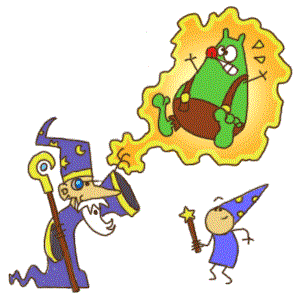July 28, 2020 July 29, 2020
Spell Balancing System in Wizard101
As everyone reading should know, the Wizard101 developers are in the middle of a full spell audit. (Otherwise known as a spell re-balancing – check out this article to see the spell changes). This re-balancing has been necessary for quite some time for several reasons. However, the main reason is that spells need to be balanced to a standard, and that standard needs to be set in a way such that power growth is controlled. The previous standard did not sufficiently control the growth of spells’ power. This made it difficult to create new content, since the previous spell balancing standard was likely created without the intention of continuing the game beyond arc 1. Since talking about these reasons could be an entire article itself, I’m going to gloss over them.
Instead, I’ll get right to talking about what I DO want to talk about in this article: the balancing system used to evaluate spells during this audit. The two main points that I’ll cover will be the concepts of damage per pip (DPP) and secondary effect evaluation. Some portions of this article will be math-based, since the system itself is math-based, but I will attempt to put everything in easy to understand terms. If you have any comments / questions / concerns, first look at the FAQ section of this article (at the bottom) before commenting.
EDIT: Before we begin, note that the bulk of this article was written before the devs released their Spell Balance Audit developer diary post on 7/16/2020, so specifically my definition of DPP differs slightly from theirs; their definition of DPP corresponds to what I would call the Curve Initialization for each school’s DPP Curve. I find my definition to be more intuitive in terms of understanding how to create balanced spells, as it accounts for the increase in spell damage per pip that happens as Rank increases. Check out their post here.
I suggest you look over the below terminology and reference it whenever necessary, since these concepts are integral to the system and will be referenced throughout the article (in particular, I use the term “DPP” in a slightly different way than the devs have in their statements, to account for the acceleration of DPP as spell rank increases):
Next, take a look at the below tab to learn about DPP and the DPP/Spell Damage function:
DPP Function
Once you understand (roughly) how DPP is calculated (or, at least that DPP is calculated at all), take a look at how the devs deal with valuing secondary effects on spells:
Tempo/Utility Cost
After understanding how secondary effects are taken into consideration when balancing spells, you might wonder how utilities that have no precedent (i.e., a utility to which there is no equivalent spell in the game) can be rank valued. More on that here:
Valuing Unprecedented Utilities
Now that we know how to Rank value the damage and tempo/utility portions of a spell, I return to a concept I referenced in the section on the DPP function: damage modifiers. This is a fairly simple but important concept. See below:
Damage Modifiers
Now, let’s talk about shadow-enhanced spells. They follow the same format as everything else, but the numbers are slightly more complex, so take a look at this section if it would help your understanding to see some calculation examples:
Shadow and Shadow-Enhanced Spells
If some specific spells still don’t make sense to you, they’re probably in this next section. This one’s for the spells that are on the “edge” of the system, so to speak:
Edge Cases
So, from here, what are the next steps? Is everything figured out? Well, there are a few more issues to be addressed. Auditing lore/dropped spells still needs to happen, though that should be straightforward (enough so that I could do all the calcs and write up an article on what a lore audit would look like). Tweaking some of the old spells below Rank 7 is still to come, as well. Low pip utility spells are especially interesting, because they set (or confirm) a precedent for tempo/utility valuation within damage spells that have a secondary effect. Then there’s the issue with not having enough information about how heals will be treated, which I talked about in the “edge cases” section.
Even beyond all of the spell balancing standards, there’s more to consider. First, a stat audit, which we know is coming. This should help put the relative valuations of utilities in context (for example, a stat audit could make an Infection seem more valuable by making healing more effective in PvP, which would be important considering how little the player base seems to value an Infection under the current stat system compared to other Rank 0 utilities such as a Tower Shield, Weakness, single target stun, or Disarm).
Additionally, there’s the issue of potentially balancing the need for an enhanced DPP track and significant differences between the schools’ DPP curves. One example of an issue that falls under this umbrella could be how to balance “enhanced” spells by giving them a drawback that feels bigger than 5% accuracy.
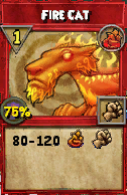 Another, and one that as of the time of writing is a relatively new concept that the devs have started to experiment with in test realm, is varying the damage radius of spells by school. Damage radius is exactly what it sounds like: the amount of damage a spell can stray from its average (example: since Fire Cat does 80-120 damage, its average damage is 100, and its damage radius is 20). A large damage radius is a drawback to a spell because it reduces consistency; therefore, it is an alternative way to give a spell a drawback. Whether this is healthy for different parts of the game is debatable, and the debate seems incoming in the near future.
Another, and one that as of the time of writing is a relatively new concept that the devs have started to experiment with in test realm, is varying the damage radius of spells by school. Damage radius is exactly what it sounds like: the amount of damage a spell can stray from its average (example: since Fire Cat does 80-120 damage, its average damage is 100, and its damage radius is 20). A large damage radius is a drawback to a spell because it reduces consistency; therefore, it is an alternative way to give a spell a drawback. Whether this is healthy for different parts of the game is debatable, and the debate seems incoming in the near future.
Personally, coming from a competitive (PvP) perspective, I am against varying damage radius too much between schools; however, done to a reasonable degree, I feel it could add an interesting element to school balancing. The current position the devs seem to have is that damage radii are an element that help create school distinctiveness rather than contribute to the Rank value of a spell; their thought process is that a large damage radius could be a benefit or a drawback, and so it balances out as neutral. Forgive the lack of in-depth explanation of these topics, but each could likely get an entire article on its own.
UPDATE: The most recent information I have regarding damage radii is that the devs don’t intend to price them in as adding or subtracting from a spell’s rank value. They don’t consider it as altering a spell’s mathematical value, similarly to how they consider double hits such as Minotaur, since the radius makes a spell sometimes better than if it had no radius, and sometimes worse. It seems that they intend to use the concept more to amplify school uniqueness than anything else. This is pretty much what I expected, but now I have confirmation.
That’s about all I have regarding the spell balancing system – if you have any questions/comments/concerns, I suggest you take a look at the below FAQ section, and feel free to post a comment if necessary:

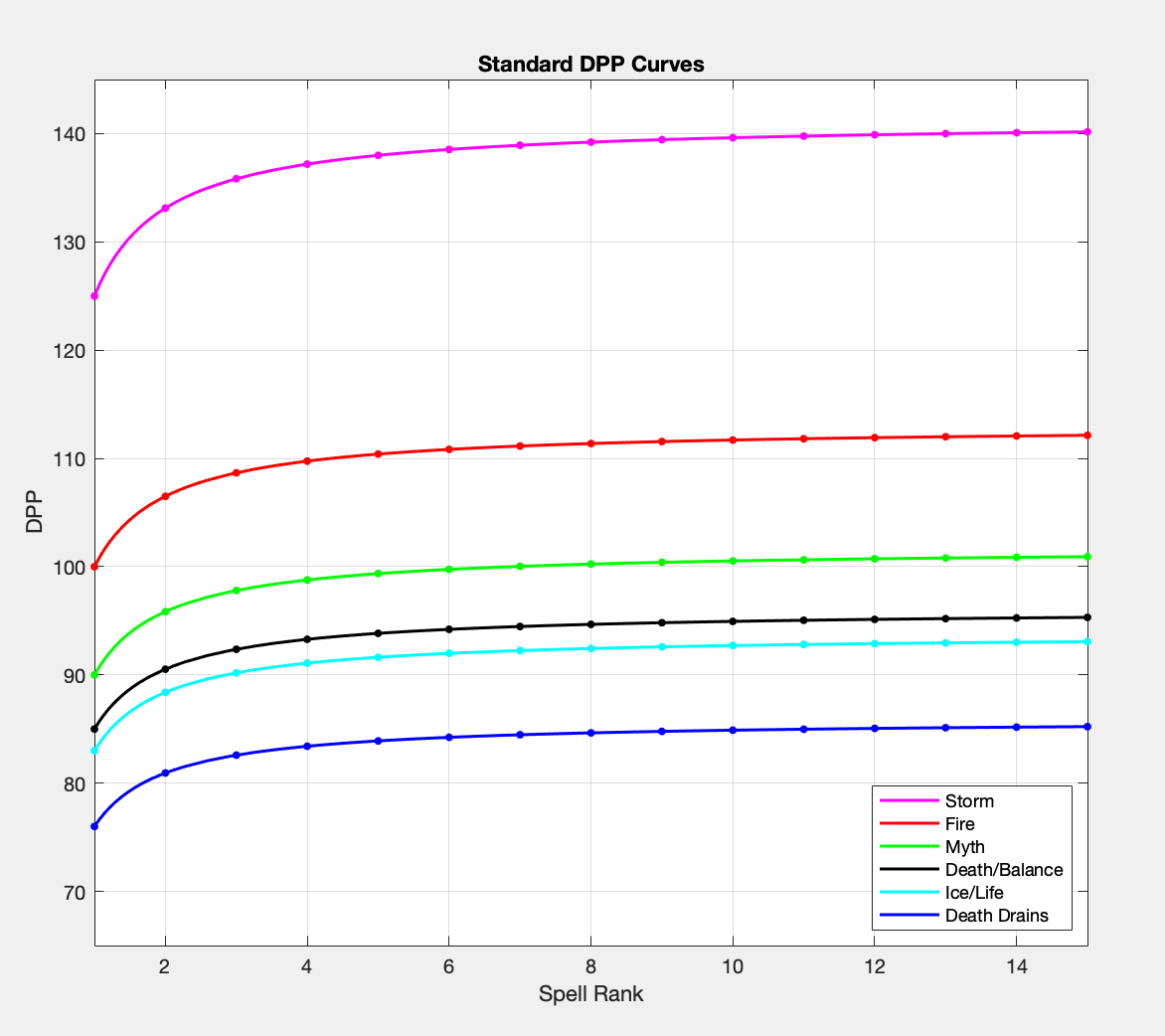
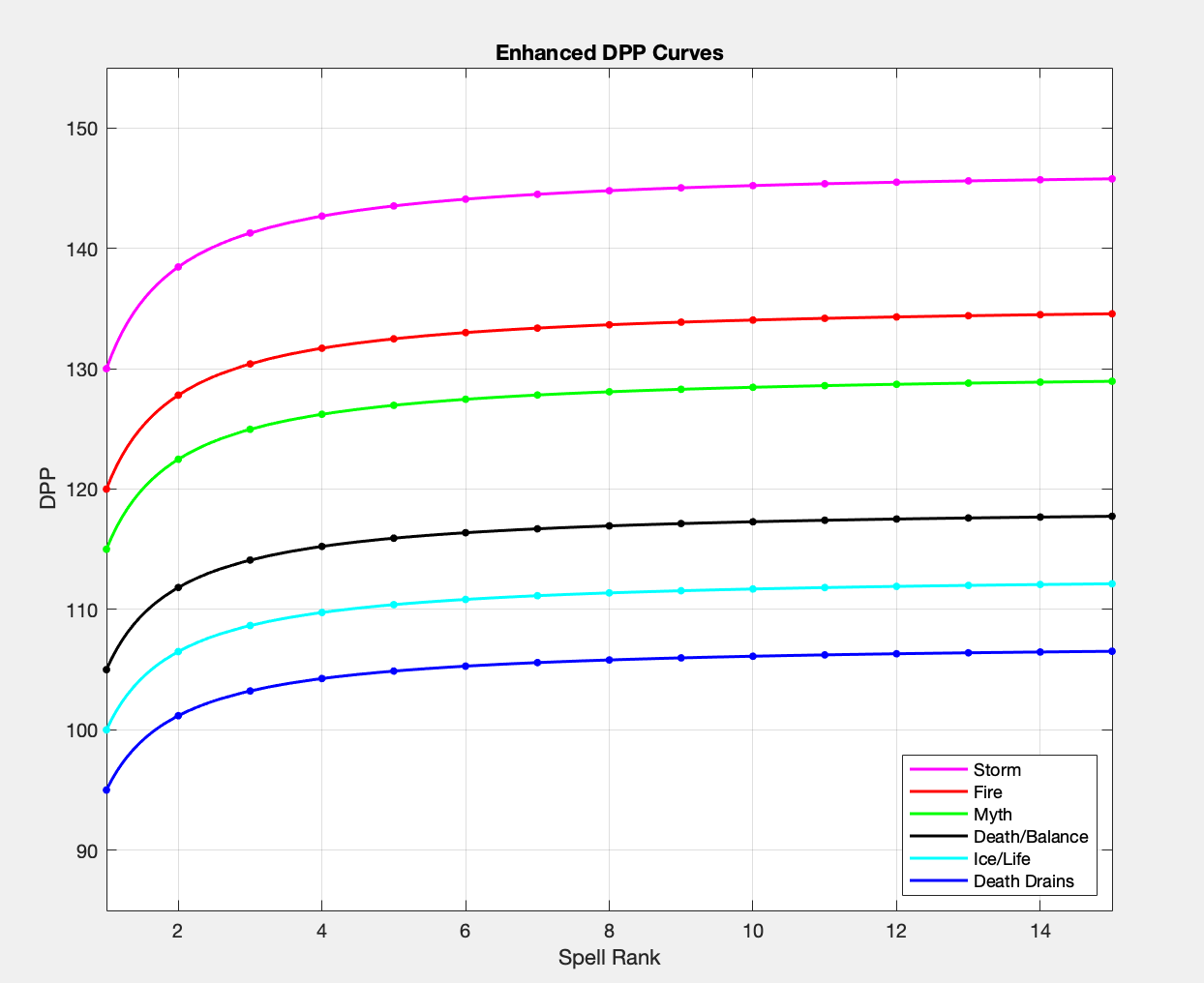
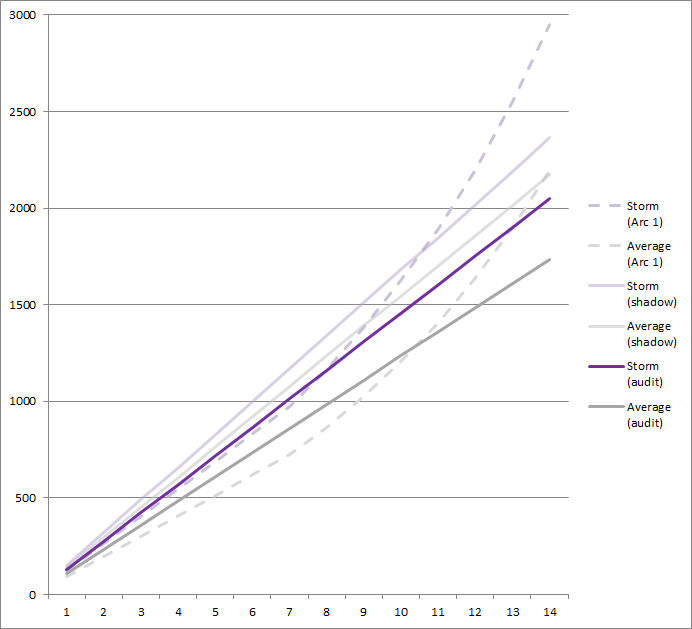


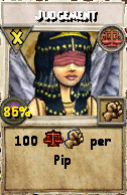
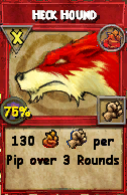
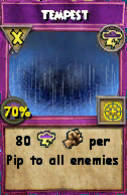

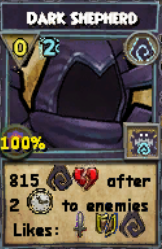
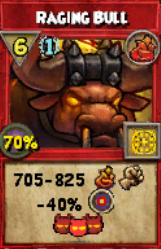
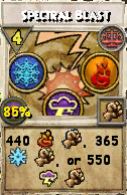
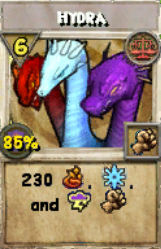
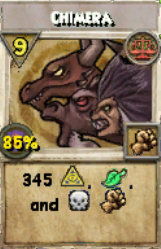


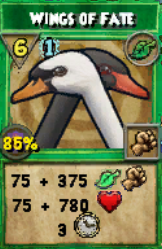
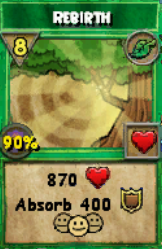
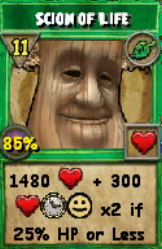
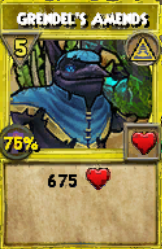
 “It’s not all math. Pure math doesn’t make good game design.”
“It’s not all math. Pure math doesn’t make good game design.”